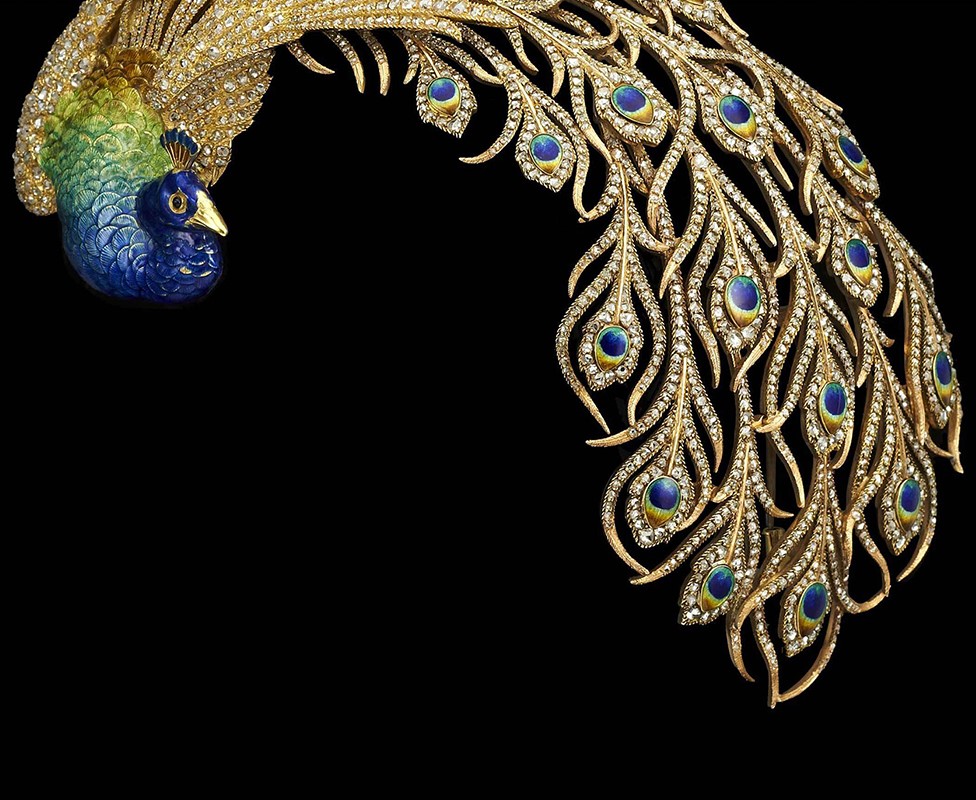Your cart
Your cart is empty
Fai shoppingYour cart
Your cart is empty
Fai shopping“The tradition of classic jewelry has always inspired Opsobjects. In fact, in many of the jewelry collections that it proposes, you can find contaminations and references to the history and icons that have made fashion over the years.
Always attentive to trends and new fashion proposals, but not forgetting to look back and deepen the history of yesterday’s jewels to find it later, with greater awareness, in today’s trends.
A more talked about collection of recent times is that of Al Thani which features the treasures of the Mughals and the Maharajas.
The jewels of the Mughals and the Maharajas
We are in 1500, with the Islamic imperial dynasty Indian goldsmith art reaches its peak. Numerous and beautiful are the jewels of the Maharajas that have come down to us, exhibited in Venice at the Doge’s Palace from 9 September 2017 to 3 January 2018.
Traditionally Indian jewels consisted of pearls, emeralds, inlaid precious stones or stones cut from a single crystal enameled on the front and back, with a technique widely used in India since the sixteenth century and introduced by European goldsmiths that is still maintained today .
The decoration of Indian jewelry is often characterized by a refined technique called “”kundan”” which allows the gems to be mounted with gold without the use of claws.
The collection
The treasures of the Mughal dynasty include numerous dynastic gems, such as the world-famous Idol’s Eye, one of the largest blue-cut diamonds in the world, and Arcot II, a diamond donated to the English crown, and many precious stones with royal inscriptions.
Among the gems used by the Great Moguls we find “”the spinel”” on which royal inscriptions were engraved.
The theme of personalization and engraving of jewels, which still today we often look for as an element that gives value to our jewelery, therefore originates precisely from Indian culture.”
